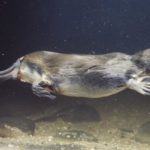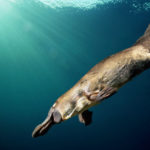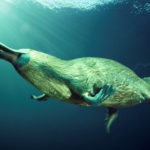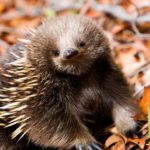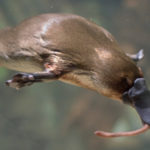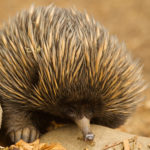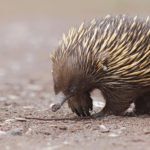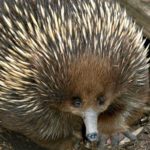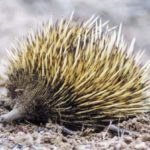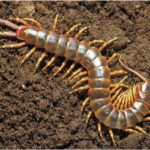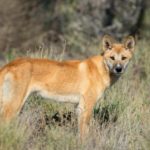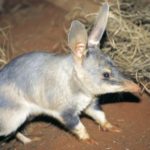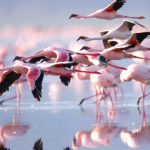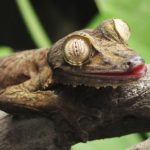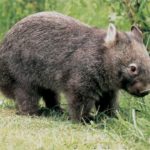Platypus – information
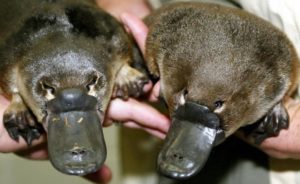 Platypus and echidna (living only in Australia) are the only known representatives of the detachment of single-pass mammals laying eggs and feeding their offspring with milk. But even in the latter they differ from other mammals, because They do not feed through nipples, but through the skin, from which milk is extracted from the ducts of the mammary glands.
Platypus and echidna (living only in Australia) are the only known representatives of the detachment of single-pass mammals laying eggs and feeding their offspring with milk. But even in the latter they differ from other mammals, because They do not feed through nipples, but through the skin, from which milk is extracted from the ducts of the mammary glands.
As far as the platypus is adapted to the natural habitat, one can see by observing its life in lakes and small rivers of Eastern Australia and Tasmania. With claws, he digs the earth, and uses his webbed feet to swim (on land, the membrane that protrudes behind claws folds under the pads of the paws); A wide flat tail helps him to dive. His wonderful fur – 900 hairs per square millimeter of leather – has two layers: a soft undercoat and a shiny long coat. Due to this, the platypus remains dry in the water.
The platypus often swims, exposing above the water only the upper part of the muzzle and a small part of the head. When it sinks into the water, its eyes and ears are closed by special folds of the skin.2 Its nose, very similar to the duck’s, is in fact a sensitive part of the muzzle that, thanks to highly developed receptors, allows the platypus to find even the tiniest food on the bottom of muddy lakes And rivers, as well as under rocks.
For more than 100 years, fierce disputes about the designation of various parts of the body of the platypus have fizzled between scientists, briefly fading out only during rare new discoveries (for example, in 1884 it became known that the animal lays eggs, ie is not viviparous).
Earlier, scientists assumed that the platypus was “primitive” in its structure, but then found that to search for food this animal uses a sophisticated method of electro-locating. For the evolutionary apologists, this meant that the platypus is “a highly developed animal, and not a primitive link between reptiles and mammals.”
The evolutionary development of the platypus, along with his fellow in the detachment of single-pass, malicious, was believed to have occurred in isolation, when approximately 225 million years ago the continent of Gondwana (Australia) broke away from the mainland. This idea of evolutionary development in isolation was consistent with the theory of Darwin, whose evolutionary views may have been partially shaped by his early studies of the platypus on the Beagle.
